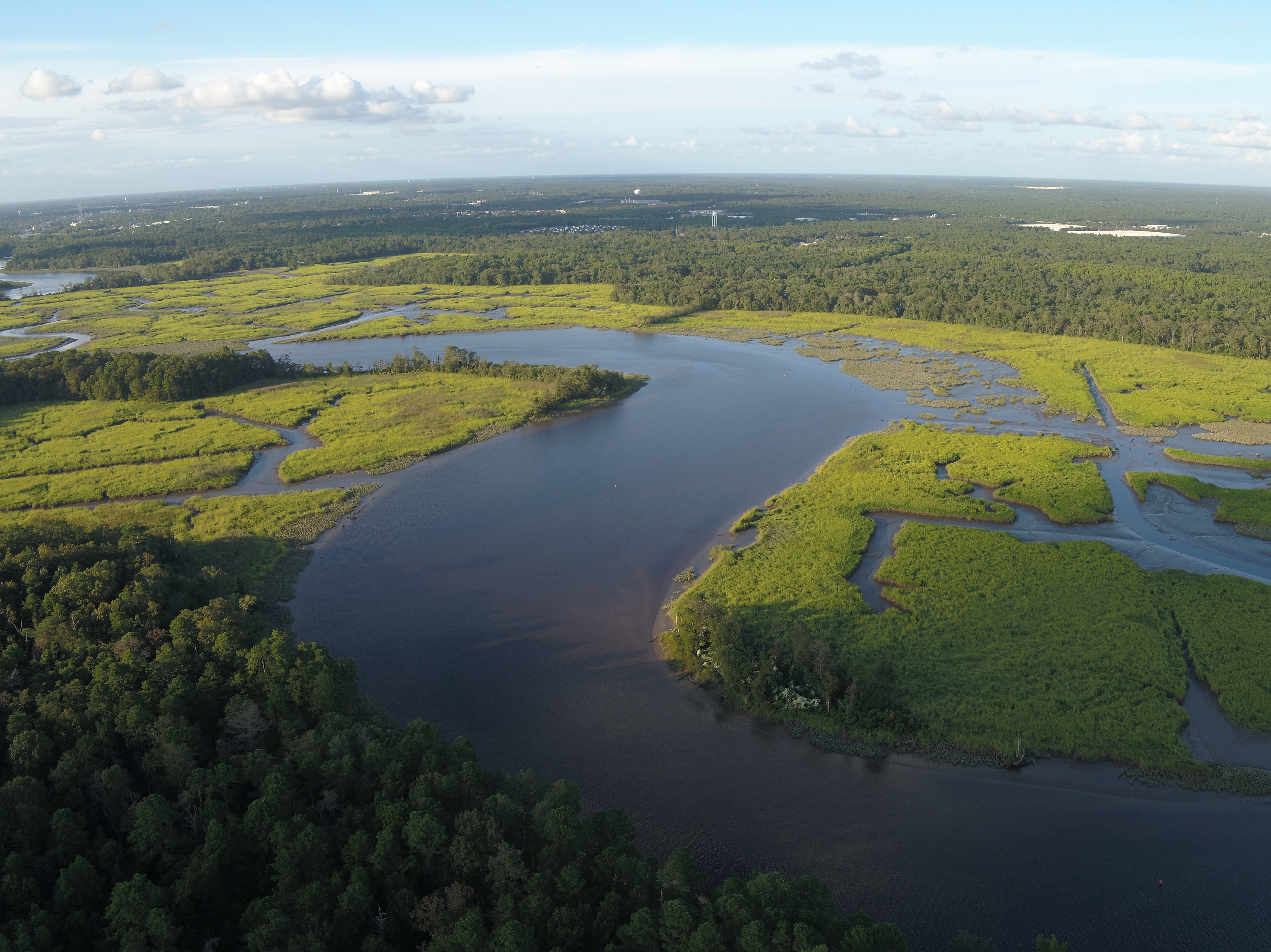Description
Situated on the southern edge of the Pine Barrens, the Eldora Nature Preserve is the site of the New Jersey chapter's southern field office, and was the first nature preserve established by The Nature Conservancy expressly for the protection of rare moths.
The Eldora Nature Preserve's three hiking trails traverse 2.8 miles through a mosaic of wild habitats including mixed hardwood swamps, vernal ponds, salt marshes, wildflower meadows and pine-oak woodlands. The nature preserve also features a boardwalk overlooking the scenic West Creek and marsh, as well as a series of Geocaches that are fun—and difficult—to find.
Past Is Prelude
Historically, much of the land that now constitutes the preserve had been farmed, and a house has existed here since 1872. From 1965 through 1981, the dwelling served as the homestead of renowned entomologist and author Dr. C. Brooke Worth, who recognized the importance of the site to rare moths and protected the property from insecticide spraying. In 1981, he donated 177 acres to TNC for management as a nature preserve.
Today, after renovations that began in the mid-1990s, Dr. Worth's home is the site of the southern field office for New Jersey chapter staff.
Southern Pine Barrens
The Eldora Nature Preserve falls within New Jersey's Southern Pine Barrens. The southern extension of the Pine Barrens covers 351,475 acres stretching through Atlantic, Cumberland and Cape May counties. The pristine waters of this area feed both the Atlantic and Delaware Bay marshes and bays. By protecting the Eldora Nature Preserve, which includes massive oak-pine forests and wetlands that filter water reaching the Delaware Bay, TNC is:
- Protecting waters that are vital to the local fishing and oyster catching economy;
- Providing resting, feeding and breeding habitat for vast numbers of waterfowl;
- Safeguarding high-quality habitat for breeding migratory and year-round birds;
- Welcoming striped bass, herring and alewife that return from the ocean each year to spawn in rivers and streams; and
- Supporting more than 50 threatened and endangered plant species and more than 40 animal species, including 27 wild orchid species, bald eagles, peregrine falcons and Pine Barrens tree frogs.






